(April 20, 2024) Ashi Dua, the founder of Flying Unicorns, is a leading film producer renowned for her impactful contributions to the industry. Her journey began with the debut of Bombay Talkies at Cannes in 2013. Since then, she has produced a series of acclaimed titles for Netflix, including Lust Stories, which earned an Emmy nomination. Additionally, Dua’s portfolio includes Ghost Stories, Kaalakandi, and The Right Note. Her recent work also encompasses the highly anticipated Lust Stories 2. As a producer, she plays a pivotal role in shaping the contemporary cinematic landscape, with her productions resonating both domestically and internationally. Her latest production, #BGDC (Big Girls Don’t Cry), created by Nithya Mehra, revolves around the strong bonds formed between young women at a boarding school, and is slated for release on Amazon Prime.
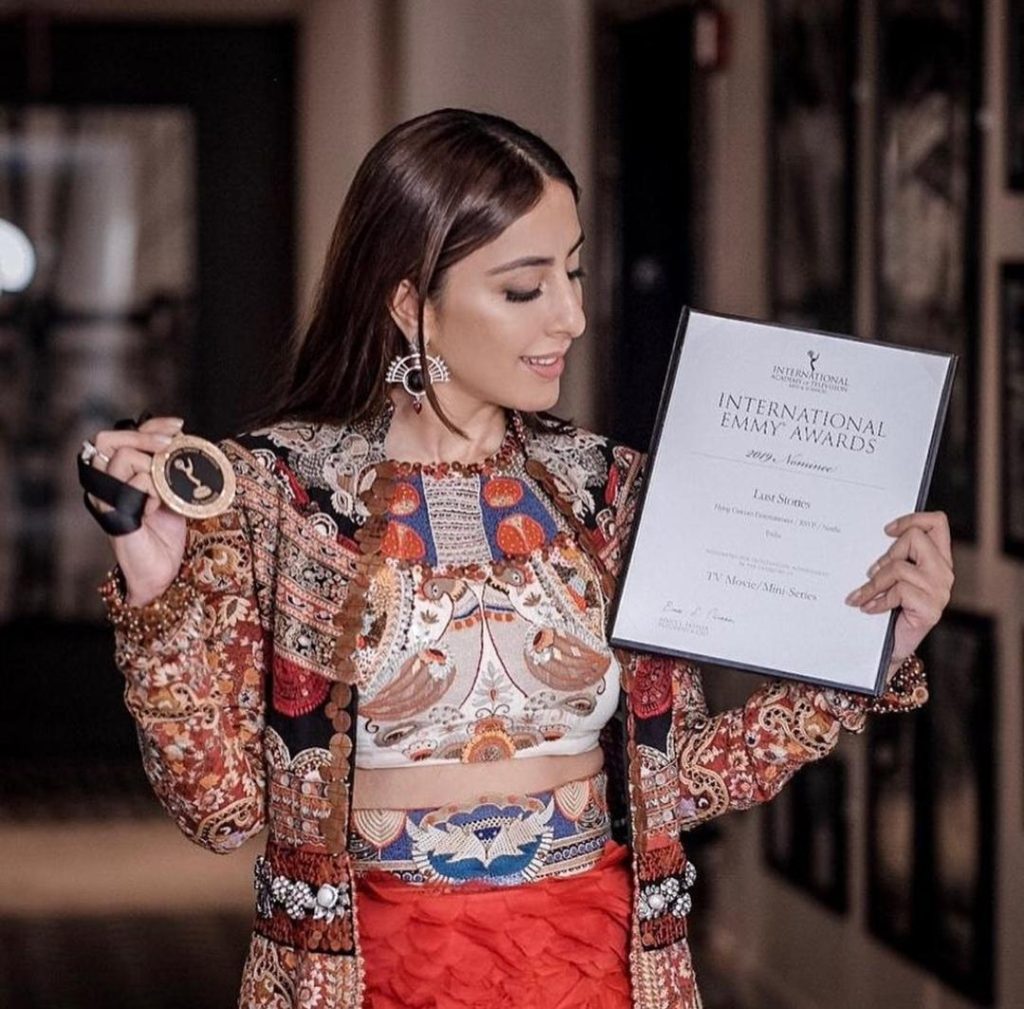
Producer Ashi Dua
An early start
Born in Bareilly, UP, Ashi Dua was sent to a boarding school in Nainital when she was just in Grade 3. She spent her entire school life in a boarding school post which she moved to Delhi for college and better opportunities completing her education at Delhi University. “I did internships every summer, and worked with NDTV, a company that organised fashion shows and at a publishing house,” Ashi tells Global Indian. She did all that but somehow, felt drawn to Mumbai. “I wanted to explore Bombay so when I got my first chance in 2005, I took a flight and came here.”
While filmmaking may not have been her first option, Ashi knew she wanted to be in the media, maybe in journalism, PR, writing or events. All that changed when she came to Mumbai and signed up for a workshop, where she met Anurag Kashyap. The acclaimed director was working on Dev D at that point, and Ashi was inspired to give filmmaking a try. “I fell in love with the process of filmmaking as a medium of storytelling, and the gratification at the end,” she recalls. “And yeah, I think that’s when I discovered it. Only when I got into it is when I discovered that this is what I really want,” she admits.
Show Time
In 2013, she set up her own production house, Flying Unicorns. The company got off to a very strong start, making its debut with Bombay Talkies, which she describes as “very special because it was my first film and I was so young at the time,” she says. Four of Bollywood’s top directors, including Karan Johar, Zoya Akhtar and Dibankar Bannerjee, who each directed one short film in the four part anthology. The film starred Amitabh Bachchan, Katrina Kaif and Rani Mukherji. “It was a big deal,” she remarks. The film premiered at the Cannes Film Festival, “where we all walked together, which was very special,” she smiles. And again, Lust Stories was one of the first films on an OTT platform that really exploded for them, did well for them as a franchise,” she says.
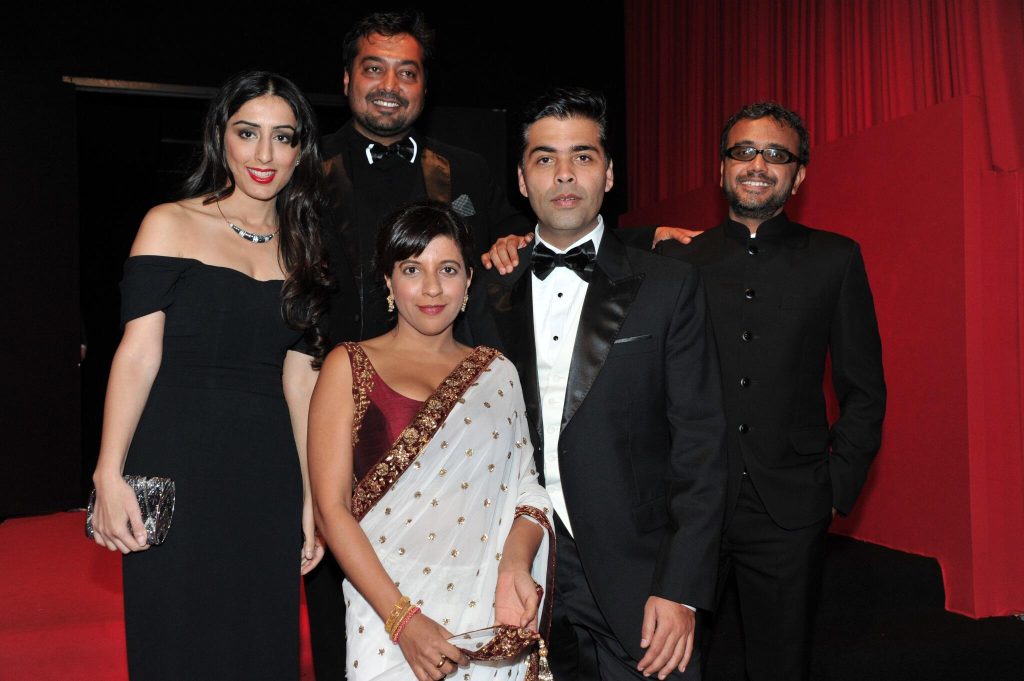
Ashi Dua with Karan Johar and Anurag Kashyap
Ashi Dua’s star only continued to rise from here. In 2018, she followed up with Lust Stories, again comprising four short-film segments, directed by Anurag Kashyap, Zoya Akhtar, Dibakar Bannerjee and Karan Johar respectively, and co-produced by Ronnie Screwvala. The series, which was a big hit on Netflix, had an ensemble cast including Radhika Apte, Kiara Advani, Manisha Koirala, Bhumi Pednekar, Vicky Kaushal and Neha Dhupia. The film was nominated for two Awards at the 47th International Emmy Awards; Best TV Movie or Miniseries and Best Actress for Apte. This was followed by Ghost Stories in 2020.
Breaking barriers
Dua has worked extensively with the biggest names in the business, but admits that it is very hard for a woman, especially one who is an “outsider”, to break into the production business. “It takes someone introducing you to someone and then you must prove yourself, which you have to in any other field as well,” she says. The difference is that, in other fields, a degree will help you prove your worth and land opportunities. “Here, you must prove yourself time and time again,” she says.
While it’s hard for “outsiders” to find themselves in the right rooms with the right people, Dua acknowledges that gender biases haven’t really been a problem. “I think especially with the kind of people that are there in the industry. I don’t think there is too much bias,” she says. In fact, she found that people were willing to give her a chance, and what’s more, women form the majority of the film crew.
As a producer, there were always challenges, and when she was younger, she would get bogged down and react, sometimes not in the most positive way. “But the older you get and the wiser you get, things change. Literally now, every day is like “so today what are we resolving?” So, you just take the problem or the challenge head on and you try to work around it in the most reasonable and realistic way that you can,” she explains.
Making Opportunities Matter
She is motivated by the fact that she is to be able to make the best use of the opportunities she gets when she sees them. “When I saw 12th Fail, I was so inspired. You must have a really good idea, a good script and good actors and then make the most honest film that you can. So, things like that really inspire me.” And while producing is a very hard and thankless job and producers are not the most loved people on the set, she feels it is a very gratifying job and it motivates her to eventually see the final product of what she saw on paper to what she sees on screen. “Just good people, good stories, to see an idea go on the big screen is very motivating and very gratifying,” she says.

Photo: Instagram
The right story
Moving forward, she wants to produce more grassroot level stories, more home grown stuff, things that are more Indian but global at the same time. “I want to do stories about, you know, something that is more deep rooted in our culture yet has a universal appeal. Those are the kind of stories I want to make,” she says. Asserting that communication is everything, she feels that working with the right people, collaborations, right partner, and crew must all be on the same page. As she has two very small children, most of her free time is for them. And she also travels with friends and family to recharge. Looking ahead she wants to make some good movies that she will be proud of. “I want to tell some beautiful stories and work with amazing writers, directors, actors, and to be able to build something that I will be proud of. And personally, I want to explore a couple of other things that I’m looking at, minus films. I want to continue being on a fitness journey so that I can do and juggle so many things without falling sick often,” she signs off.
Follow her on Instagram

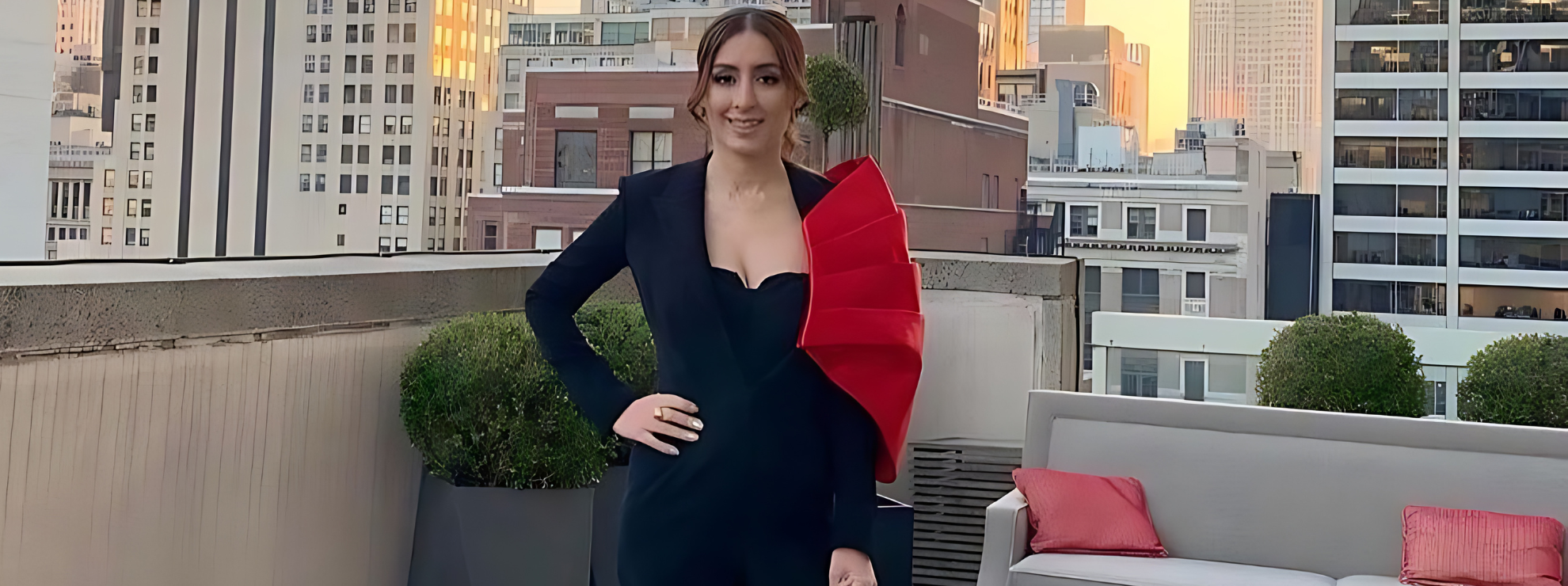
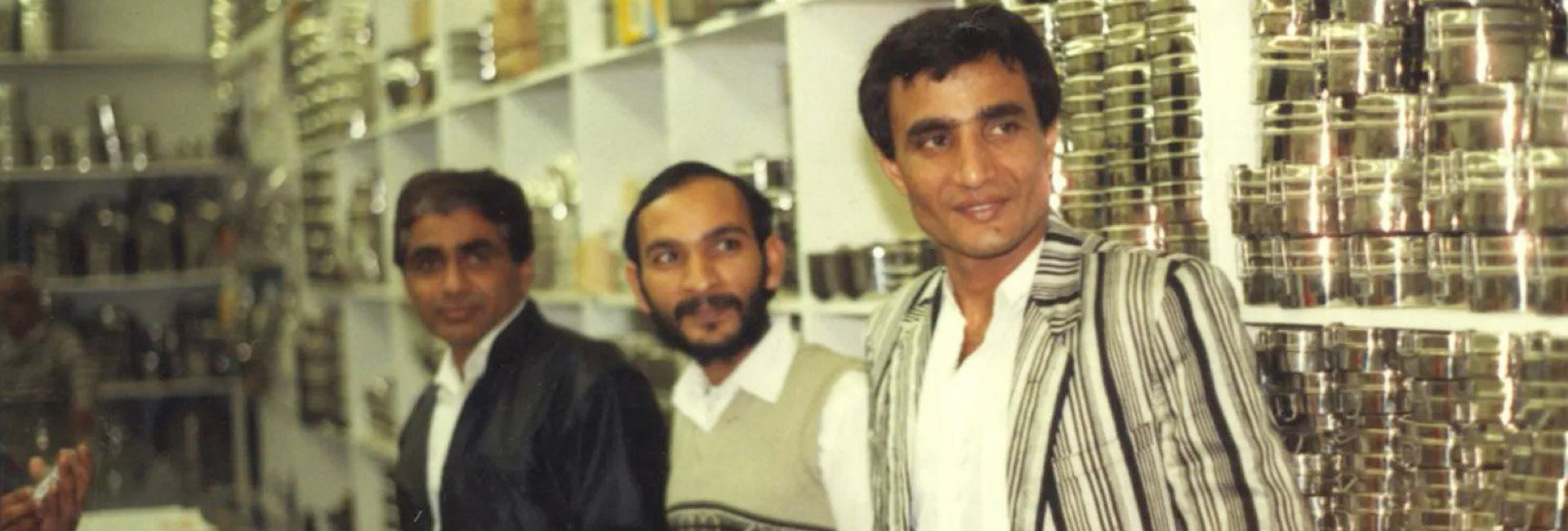
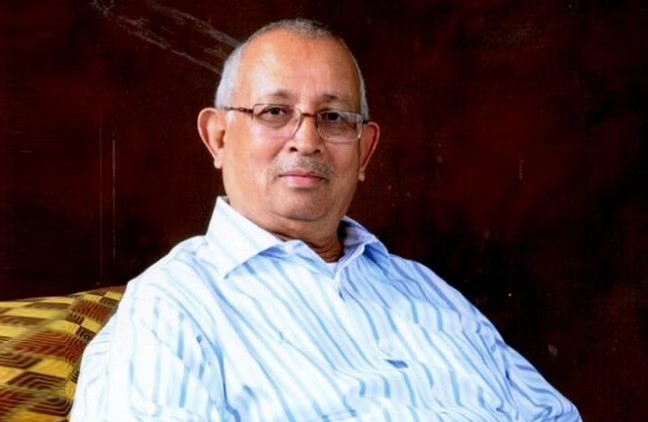 Mafat Patel[/caption]
Mafat Patel[/caption]
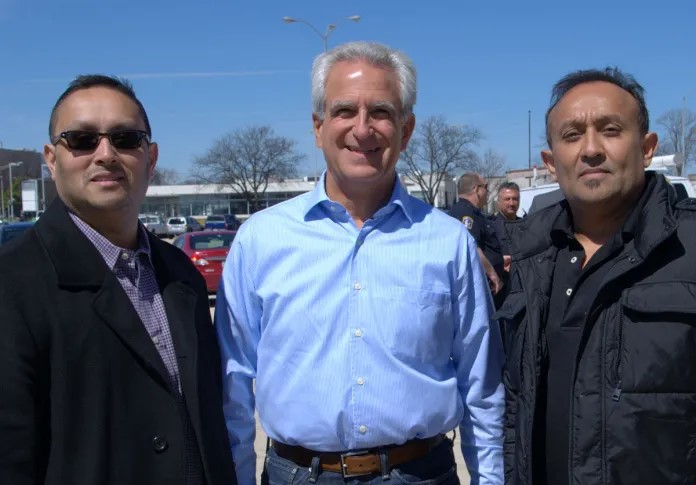 Swetal and Rakesh Patel[/caption]
Swetal and Rakesh Patel[/caption]
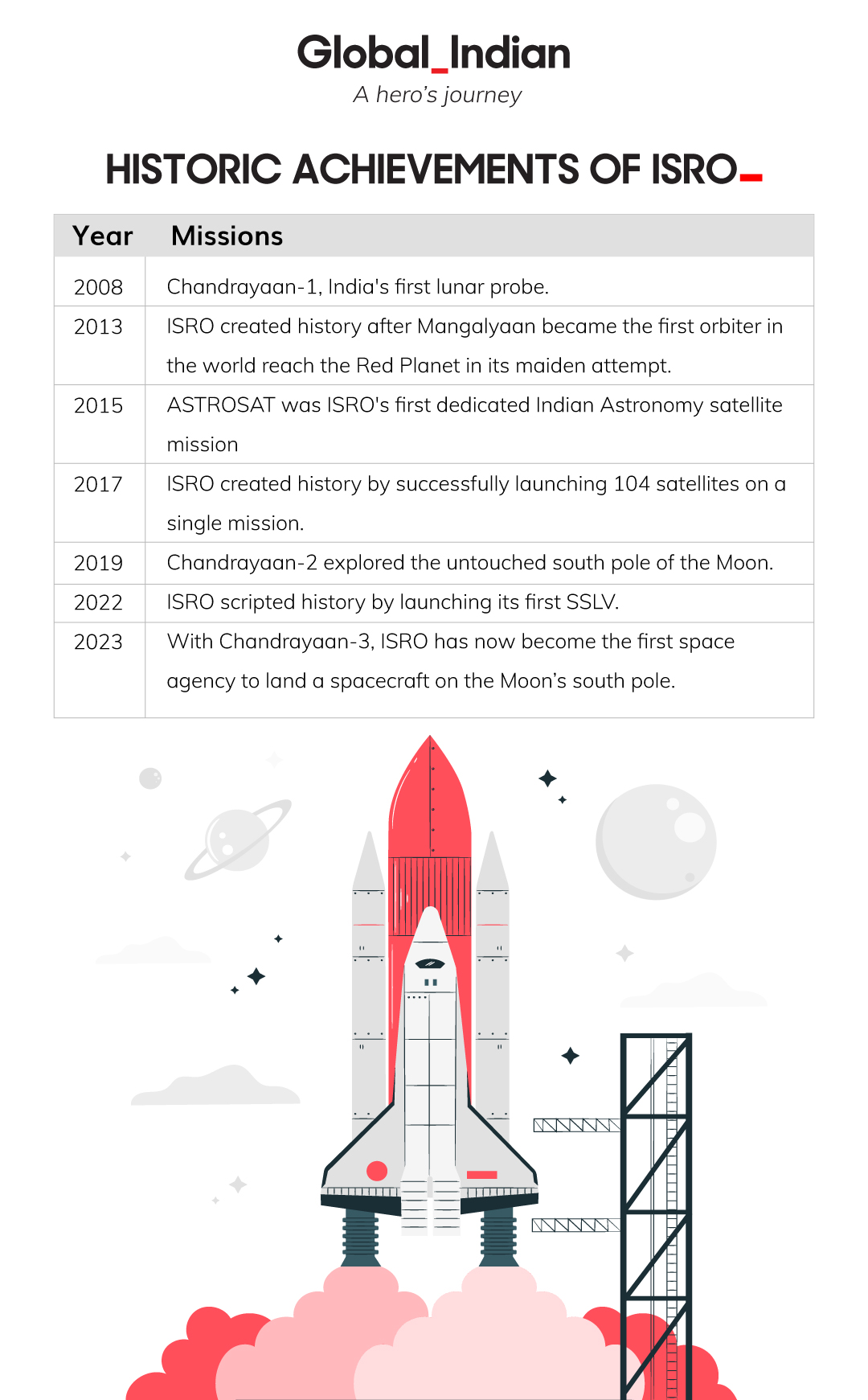
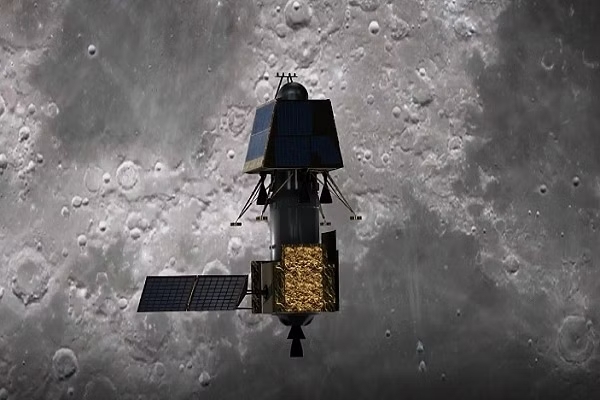 ISRO's Chandrayaan-2 explored the south pole of the Moon[/caption]
ISRO's Chandrayaan-2 explored the south pole of the Moon[/caption]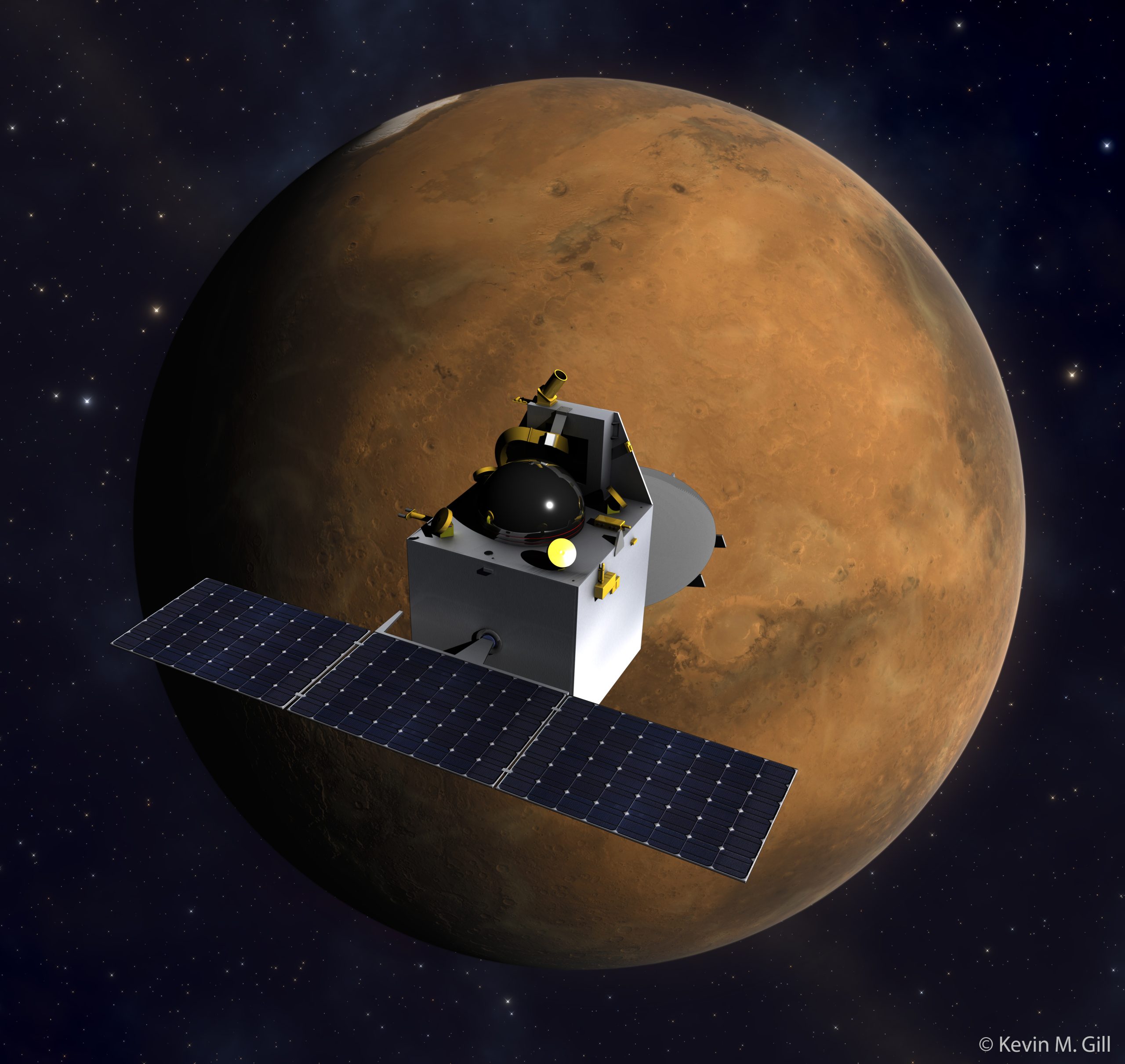 ISRO's Mangalyaan[/caption]
ISRO's Mangalyaan[/caption]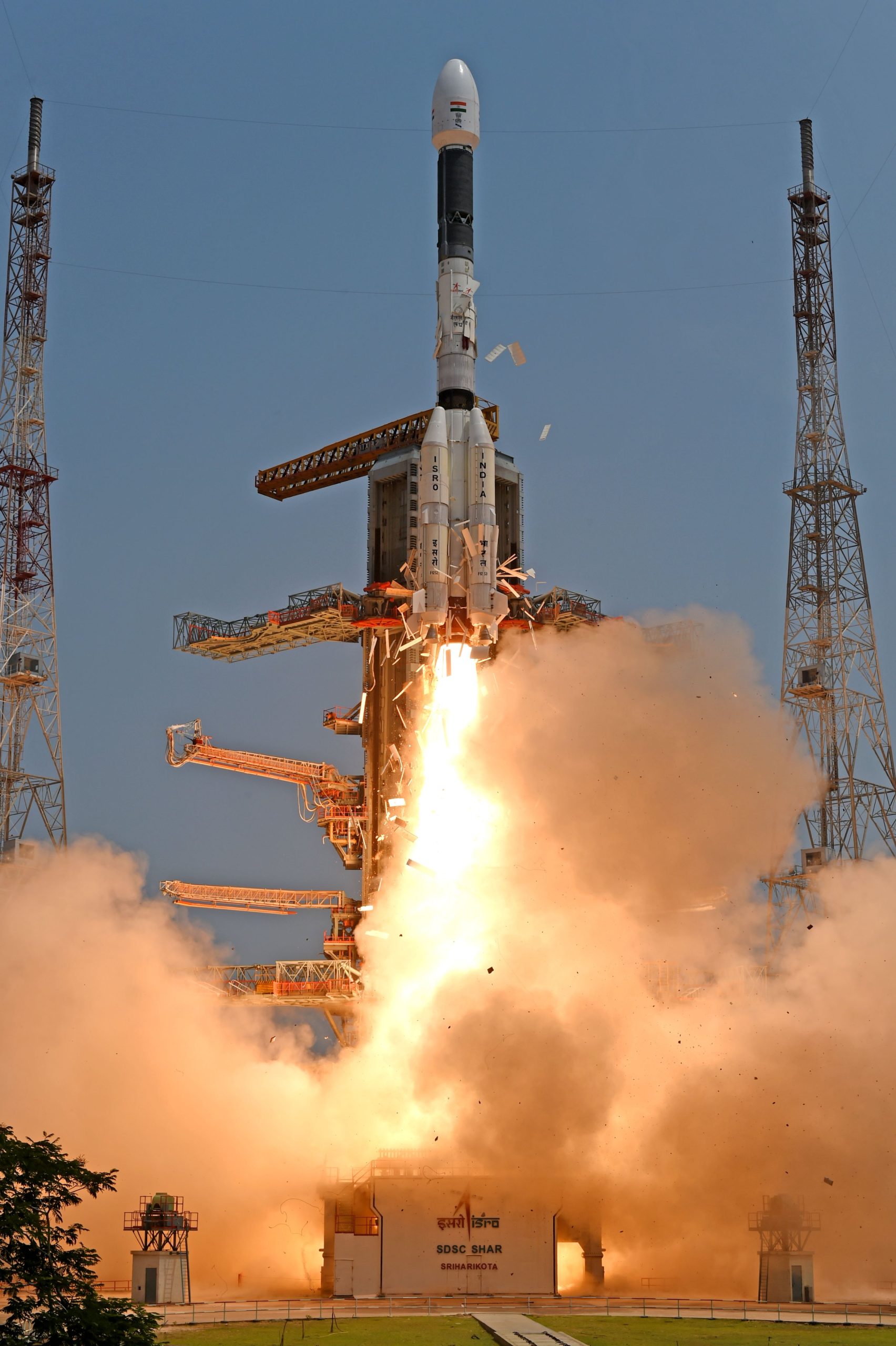

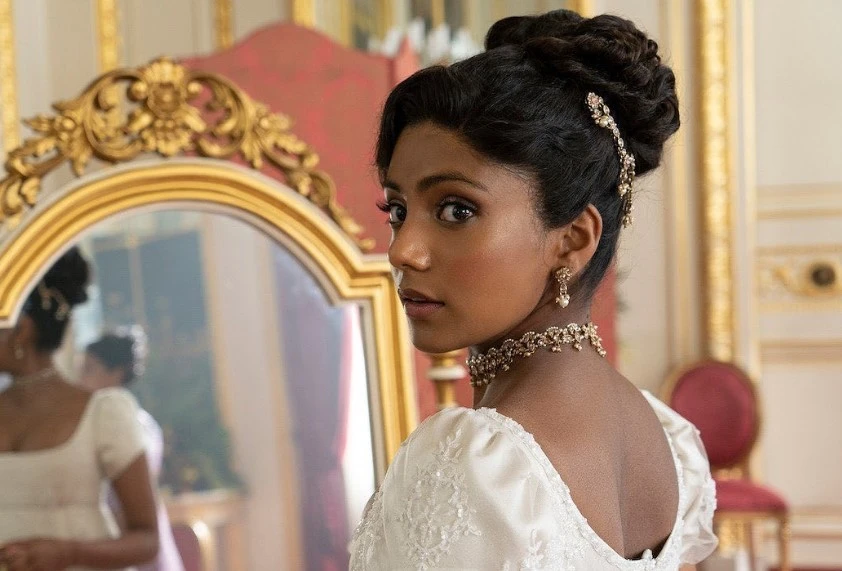
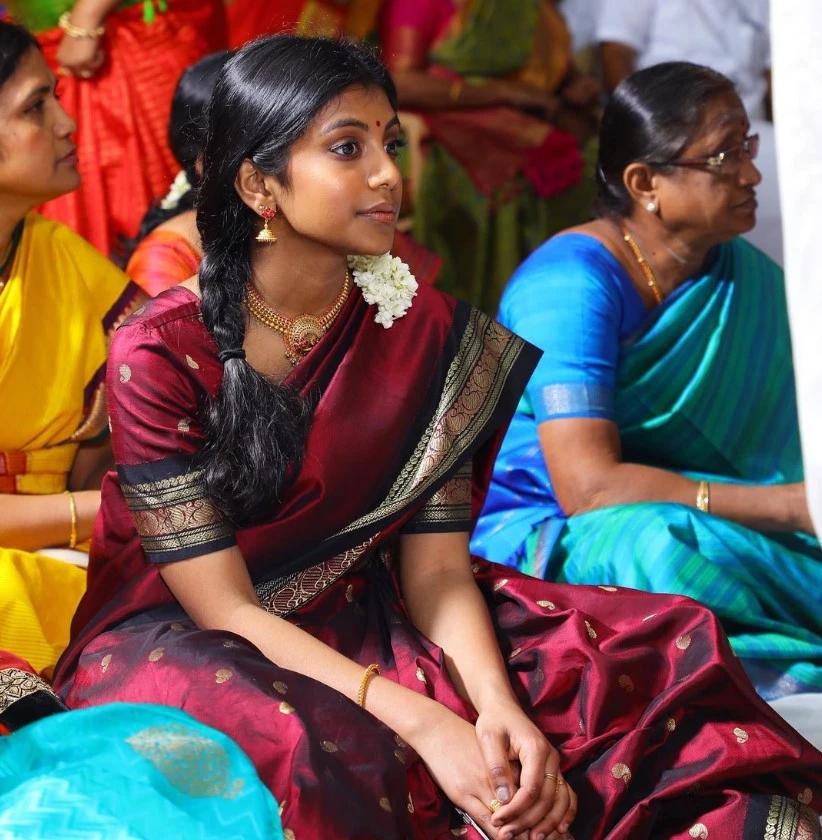
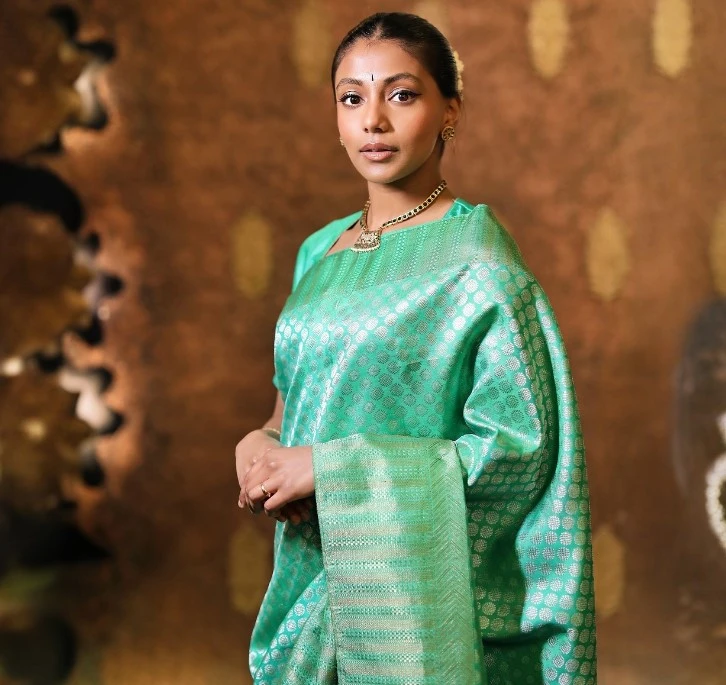 Indian Actor | Charithra Chandran | Global Indian[/caption]
Indian Actor | Charithra Chandran | Global Indian[/caption]
 Nikil Viswanathan, co-founder, CEO, Alchemy[/caption]
Nikil Viswanathan, co-founder, CEO, Alchemy[/caption]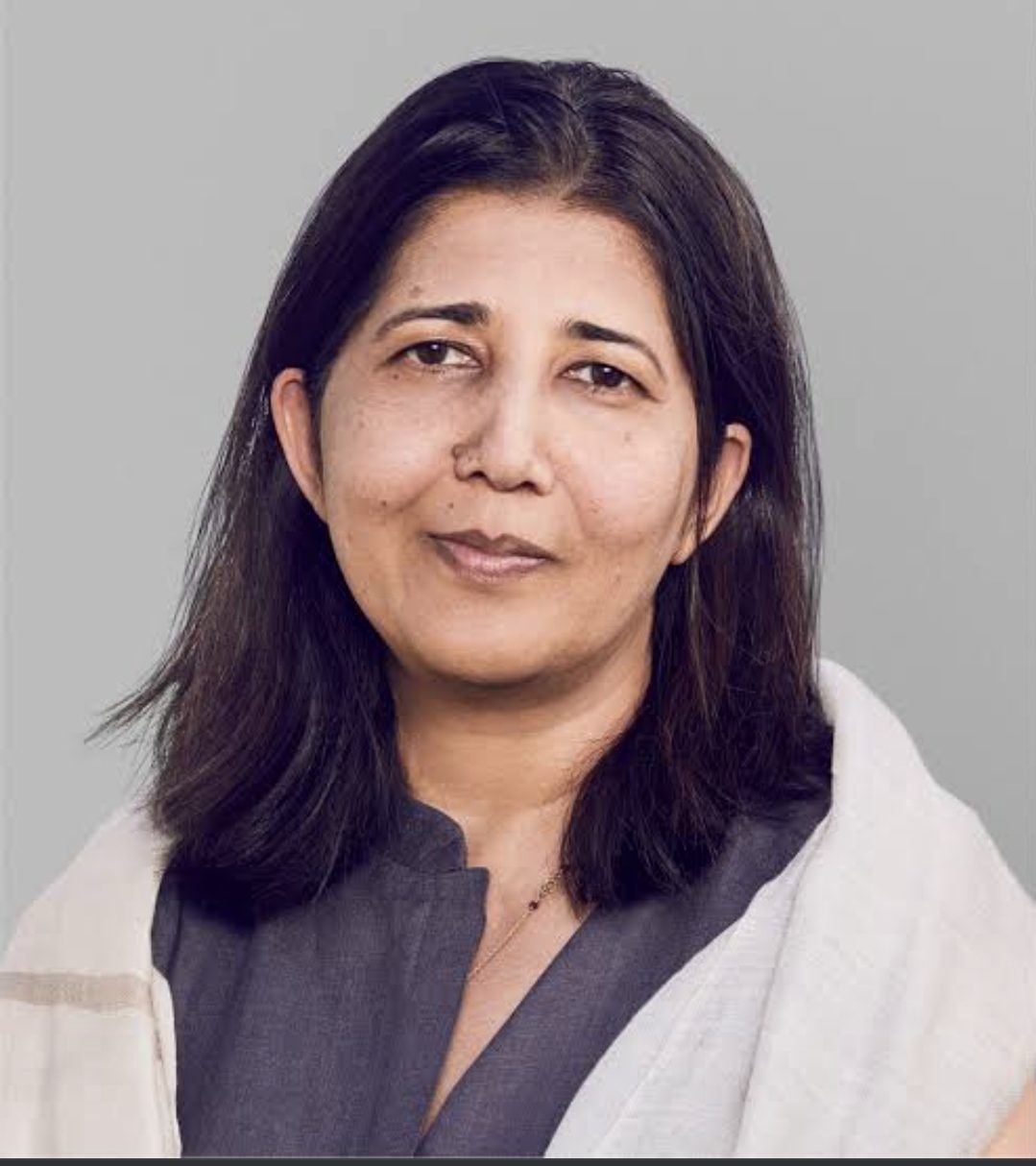 Shar Dubey, CEO, Match Group[/caption]
Shar Dubey, CEO, Match Group[/caption]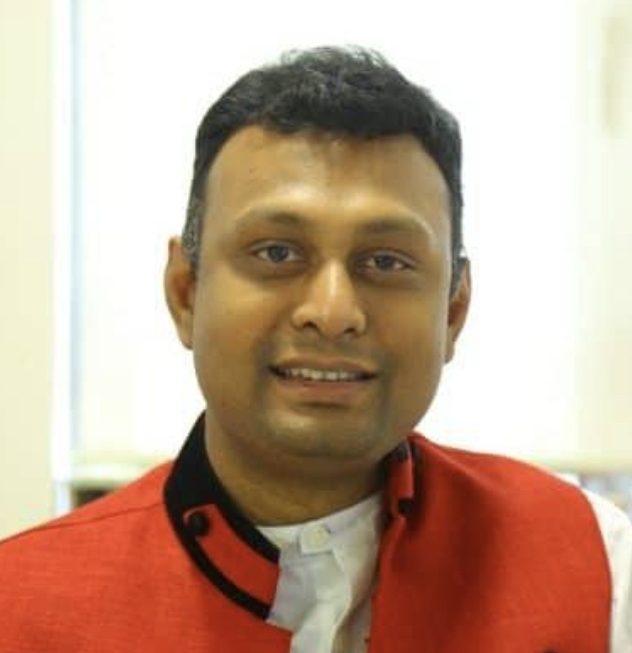 Rajesh Dhuddu, VP and practice leader, blockchain & cybersecurity, Tech Mahindra[/caption]
Rajesh Dhuddu, VP and practice leader, blockchain & cybersecurity, Tech Mahindra[/caption]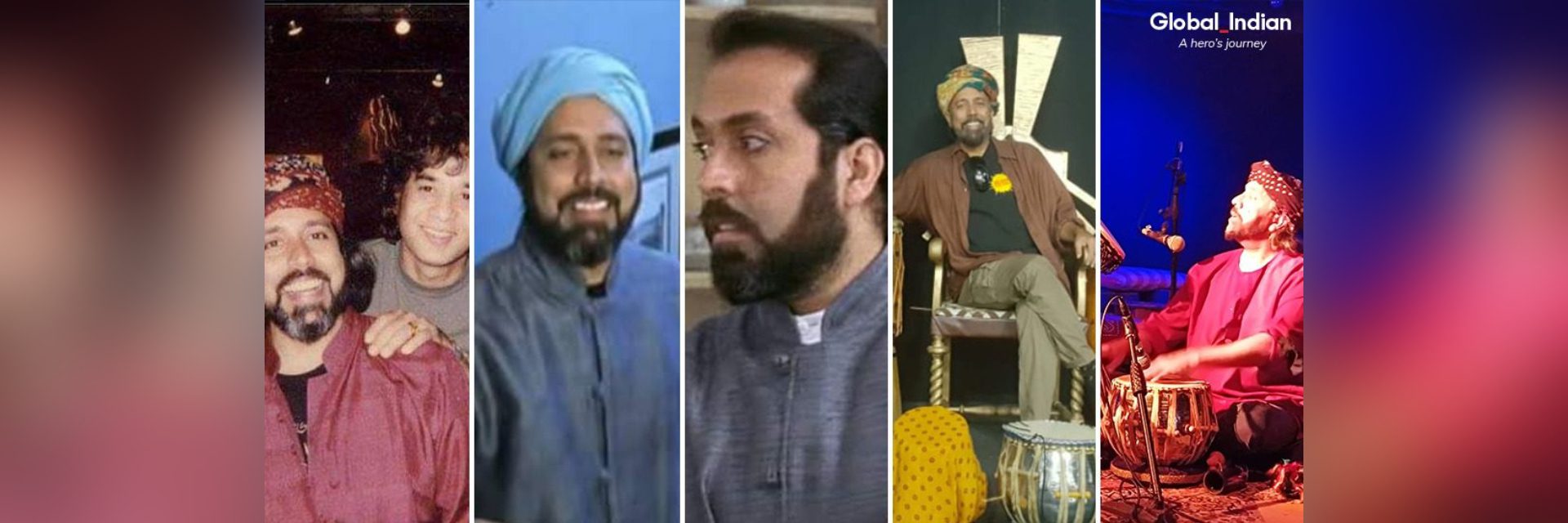
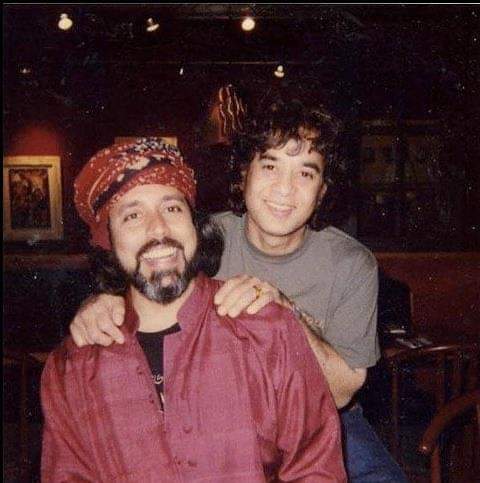 Rashmi Bhatt with Zakir Hussain[/caption]
Rashmi Bhatt with Zakir Hussain[/caption]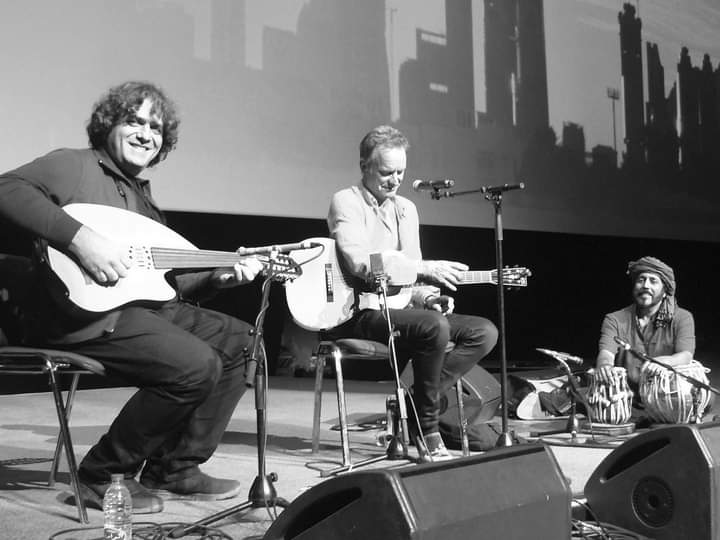 Rashmi Bhatt performing with Sting[/caption]
Rashmi Bhatt performing with Sting[/caption]